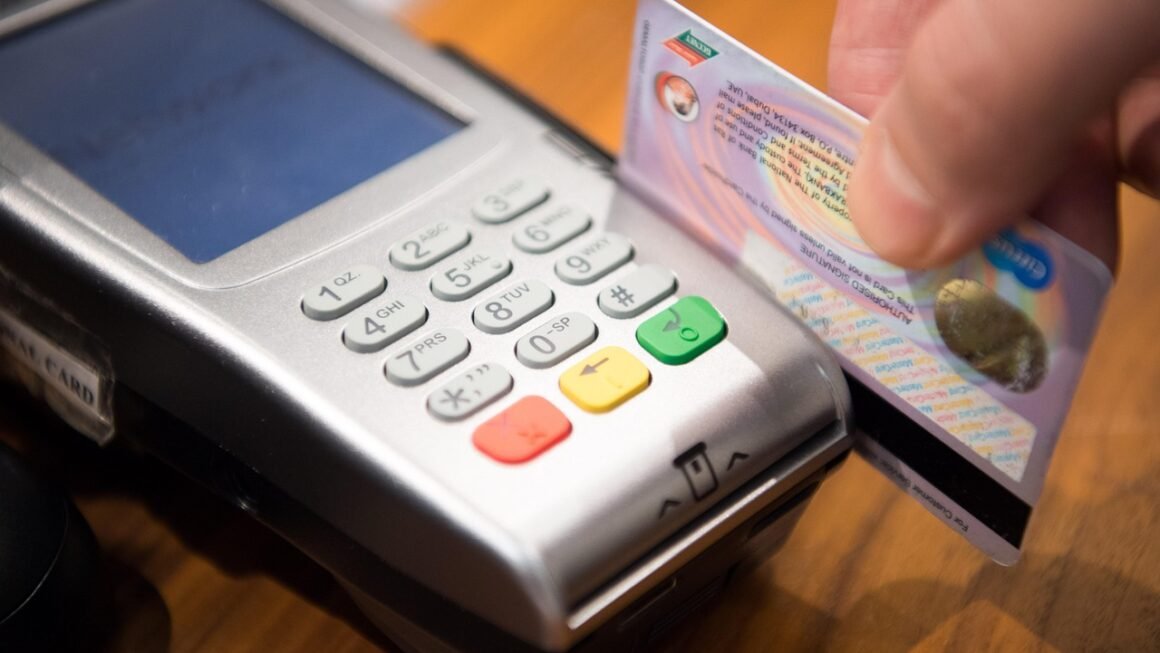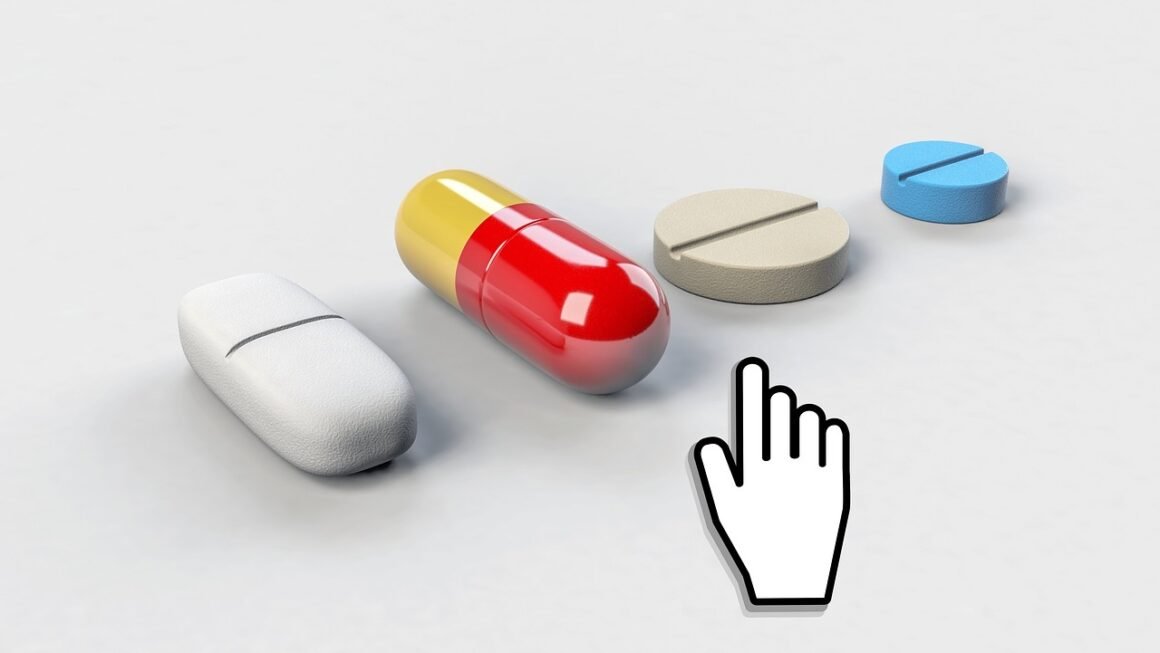Crafting a successful sales strategy often feels like navigating a complex maze, but what if there was a proven framework to guide potential customers from initial awareness to becoming loyal buyers? That’s precisely what a sales funnel offers: a structured pathway that maps out the customer journey, allowing businesses to optimize their marketing and sales efforts at each stage, converting more prospects into paying customers and fostering lasting relationships.
Understanding the Sales Funnel: A Comprehensive Overview
The sales funnel, also known as the marketing funnel, represents the journey a potential customer takes from first learning about your business to ultimately making a purchase. It’s a visual representation of the sales process, broken down into distinct stages. Understanding these stages and how customers behave within them is crucial for effective marketing and sales strategies.
The Traditional Sales Funnel Stages
The classic sales funnel is typically divided into four stages, often remembered by the acronym AIDA:
- Awareness: The customer becomes aware of your brand, product, or service.
- Interest: The customer expresses interest in learning more.
- Decision: The customer evaluates your offering and considers making a purchase.
- Action: The customer makes a purchase.
Let’s delve deeper into each stage:
- Awareness (Top of Funnel – TOFU): This is where you attract potential customers. Common tactics include:
Content Marketing: Blog posts, social media content, infographics, videos.
SEO (Search Engine Optimization): Optimizing your website to rank higher in search engine results.
Paid Advertising: Google Ads, social media ads, display ads.
Public Relations: Securing media coverage to increase brand visibility.
- Interest (Middle of Funnel – MOFU): Once aware, prospects need to be engaged. This involves providing valuable information and nurturing their interest. Strategies include:
Email Marketing: Sending targeted emails with valuable content, special offers, or case studies.
Lead Magnets: Offering free resources like e-books, webinars, or templates in exchange for contact information.
Retargeting Ads: Showing ads to users who have visited your website but haven’t yet converted.
- Decision (Bottom of Funnel – BOFU): At this stage, prospects are seriously considering a purchase. Provide compelling reasons to choose your product or service. Methods include:
Case Studies: Showcasing successful customer outcomes and testimonials.
Free Trials or Demos: Allowing prospects to experience the value of your product or service firsthand.
Detailed Product Information: Providing comprehensive specifications, features, and benefits.
Competitive Comparisons: Highlighting the advantages of your offering over competitors.
- Action (Purchase): This is the final stage where the prospect becomes a customer and makes a purchase. Ensure a seamless and positive buying experience.
A Modern Sales Funnel: Expanding Beyond the Purchase
The traditional AIDA model focuses heavily on acquisition. However, a modern sales funnel recognizes the importance of retaining customers and turning them into advocates. Therefore, two additional stages are often added:
- Retention: Focuses on keeping customers happy and engaged after the initial purchase.
Customer Support: Providing excellent customer service to address any issues or concerns.
Loyalty Programs: Rewarding repeat customers with discounts or exclusive offers.
Personalized Communication: Sending targeted emails or offers based on customer purchase history and preferences.
- Advocacy: Encouraging satisfied customers to become brand advocates and refer new customers.
Referral Programs: Incentivizing existing customers to refer new customers.
Review Requests: Encouraging customers to leave positive reviews on websites like Google, Yelp, or industry-specific platforms.
Social Media Engagement: Actively engaging with customers on social media and encouraging them to share their experiences.
Building Your Sales Funnel: A Step-by-Step Guide
Creating an effective sales funnel requires careful planning and execution. Here’s a step-by-step guide:
Define Your Target Audience
- Identify your ideal customer: Create detailed buyer personas that represent your target audience. Consider demographics, psychographics, needs, pain points, and buying behavior.
Example: For a SaaS company selling project management software, a buyer persona might be “Project Manager Patty,” a 35-year-old project manager at a small marketing agency, struggling to keep projects organized and on track.
Map Out the Customer Journey
- Visualize the path your ideal customer takes: From initial awareness to becoming a loyal customer.
- Identify key touchpoints: Where and how does your customer interact with your brand at each stage of the funnel? This might include website visits, social media interactions, email opens, or phone calls.
- Example: A customer journey map for Project Manager Patty might include:
Searching Google for “project management tools”.
Reading a blog post about project management best practices on your website.
Downloading a free project management template.
Signing up for a free trial of your software.
* Purchasing a paid subscription.
Create Compelling Content for Each Stage
- Tailor your content to the specific needs and interests of prospects at each stage.
- Awareness: Focus on educational and informative content that introduces your brand and addresses common pain points.
- Interest: Provide more in-depth content that showcases the benefits of your product or service.
- Decision: Offer case studies, testimonials, and free trials to convince prospects that your solution is the best choice.
- Action: Provide clear and concise information about pricing, payment options, and shipping.
- Retention: Offer helpful tutorials, ongoing support, and exclusive content to keep customers engaged.
- Advocacy: Encourage customers to leave reviews, participate in referral programs, and share their positive experiences on social media.
Implement Tracking and Analytics
- Use analytics tools like Google Analytics, CRM software, and marketing automation platforms to track customer behavior at each stage of the funnel.
- Monitor key metrics such as website traffic, lead generation rates, conversion rates, and customer retention rates.
- Identify bottlenecks and areas for improvement. For example, if you’re seeing a high number of website visitors but a low number of lead conversions, you might need to improve your lead magnets or landing pages.
Optimizing Your Sales Funnel for Maximum Conversions
Once your sales funnel is built, it’s crucial to continuously monitor and optimize it to maximize conversions. Here are some strategies to consider:
A/B Testing
- Experiment with different versions of your website, landing pages, emails, and ads to see what resonates best with your target audience.
- Test different headlines, calls to action, images, and layouts.
- Example: A/B test two different versions of a landing page: one with a longer form requesting more information and one with a shorter form requesting less information. Track the conversion rates of each page to determine which performs better.
Personalization
- Personalize your marketing messages based on customer data and behavior.
- Segment your audience into different groups based on demographics, interests, and purchase history.
- Example: Send personalized email recommendations based on previous purchases or browsing history.
Improve User Experience
- Ensure your website is easy to navigate, mobile-friendly, and fast-loading.
- Simplify the purchase process and make it easy for customers to complete their orders.
- Offer excellent customer support to address any questions or concerns.
Leverage Marketing Automation
- Automate repetitive tasks such as email marketing, social media posting, and lead nurturing.
- Use marketing automation tools to personalize your messaging and deliver the right content at the right time.
- Example: Set up an automated email sequence that sends a series of targeted emails to new leads, providing valuable information and gradually nurturing them towards a purchase.
Common Sales Funnel Mistakes to Avoid
Even with careful planning, it’s easy to make mistakes that can hinder the effectiveness of your sales funnel. Here are some common pitfalls to avoid:
Not Defining Your Target Audience
- Trying to appeal to everyone will result in appealing to no one.
- Focus your efforts on attracting and engaging your ideal customer.
Ignoring Customer Feedback
- Actively solicit and listen to customer feedback to identify areas for improvement.
- Use surveys, reviews, and social media monitoring to understand customer needs and pain points.
Lack of Follow-Up
- Failing to follow up with leads can result in missed opportunities.
- Implement a system for tracking leads and ensuring that they receive timely and relevant communication.
Neglecting the Retention Stage
- Focusing solely on acquisition while neglecting customer retention is a costly mistake.
- Invest in building strong customer relationships and providing excellent customer service.
Conclusion
The sales funnel is a powerful tool for understanding and optimizing the customer journey. By mapping out the different stages of the funnel, creating compelling content, and implementing effective tracking and analytics, businesses can significantly improve their conversion rates and build stronger customer relationships. Remember to continuously monitor and optimize your funnel based on data and customer feedback to achieve maximum results. By avoiding common pitfalls and focusing on providing value at every stage, you can create a sales funnel that drives growth and fosters long-term success.



